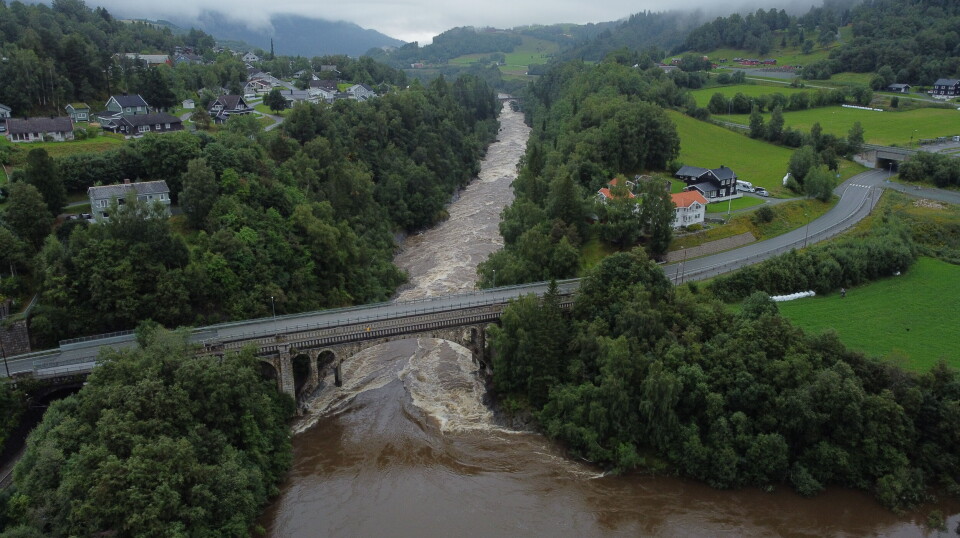
Archaeologists' most exciting finds:
“It was as if I entered a time capsule from the Bronze Age”
“I held the flashlight at an angle along the rock, and the figures came to life,” says the archaeologist.
On a rainy spring day in 2018, archaeologist Kjell André Brevik had a strong impulse.
He just had to visit Gaulfossen, a waterfall close to where he lives.
Without telling anyone, he sets off on foot and slides down the steep slopes.
The pull towards the waterfall would prove fruitful.
“It was as if I entered a time capsule from the Bronze Age,” he says.

Might have sought shelter there
“I was actually going to check if there were any interesting rock shelters,” says Brevik.
Rock shelters are places where the rock wall juts out and creates natural protection from the weather and wind.

“If they are well-situated, there’s a good chance that people before me have sought refuge under the rock,” he says.
Humans have stayed and lived in rock shelters and caves throughout prehistory.

Carved figures
The path up is winding and difficult. The waterfall roars, and lush forest grows from all sides.
Once under the shelter, he lets his hand glide over the rock wall.
“The waterfall spray covers the rock with a thin, slippery layer of algae,” he says.
Suddenly, he feels roughness in the rock. The outline of a carved boat figure comes into view.
He continues to wipe away the algae with a damp tuft of moss.

The figure is one of several dozen dotted rock carvings. They depict animals, boats, and people.
“Perhaps it was around two thousand years since a person last stood in front of the boat figures and reindeer bucks while the spring flood made the mountain roar,” says Brevik.

Comes to life with a flashlight
It is Brevik's archaeologist eyes that make it possible to perceive the rock carvings.
Even after they have been cleaned of algae and dirt, they can be difficult to see.
“The light also plays a significant role here,” he says.
When he shines the flashlight diagonally along the rock, the dotted figures come to life.
Most viewed
Brevik's discovery has an impact on himself, the professionals who visit, and the locals in the area.
“They became aware that even areas just outside their front door can offer the most fascinating stories, if you know how to listen and look,” he says.
Archaeologists travel far and wide to search – and perhaps – find.
Brevik's most important discovery is made right near where he lives in Gauldal, central Norway.
32 figures
There is a winding path down to the site, but as colleagues also make the journey, a clearer trail gradually forms.
Since 2018, archaeologists have mapped and documented 32 individual figures at the site.

“Archaeologists and geologists have worked together to determine the age of the images. They have done this by looking at shorelines and the history of the landscape,” he says.
The figures are dated to the Early Nordic Bronze Age.
The discovery of the rock carvings gives Brevik a special feeling.
“It’s hard to describe, but I had a feeling that there could be something to find there that spring day,” he says.
Most people would probably be very surprised.
“I rather got confirmation that something that should be there, was there. Just like a time capsule,” he says.
———
Translated by Alette Bjordal Gjellesvik
Read the Norwegian version of this article on forskning.no







































